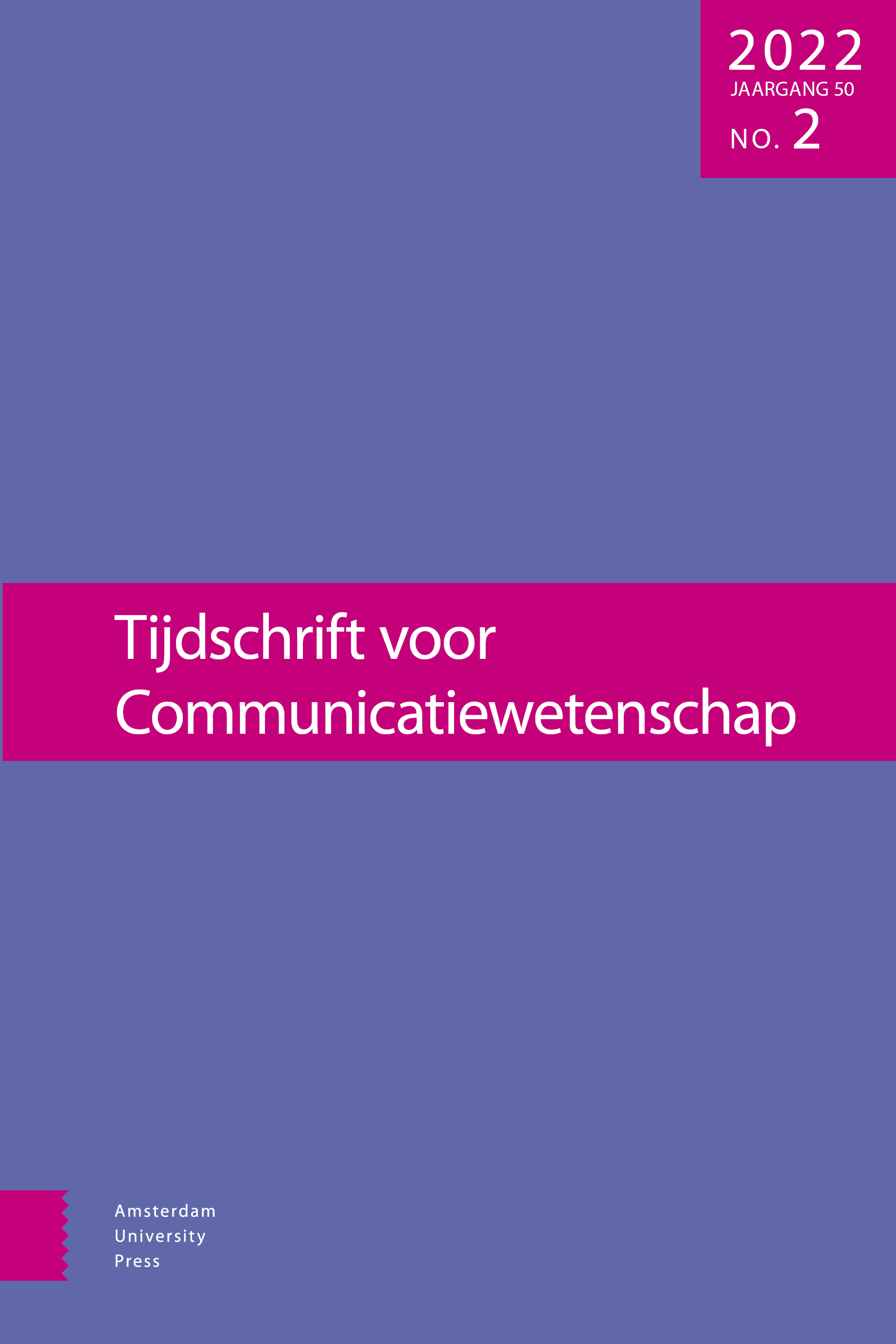-
oa Eén bril, vele visies?
Diversiteit in Vlaamse nieuwsmedia en de perceptie bij het publiek
- Amsterdam University Press
- Source: Tijdschrift voor Communicatiewetenschap, Volume 49, Issue 1, Jan 2021, p. 29 - 50
Abstract
One outlook, many perspectives? Diversity in Flemish news media and the perception of the audience
A diverse range of actors and viewpoints can safeguard the quality of news reporting and the distribution of attention to different sides to a story. In this study, we look at the differences in content diversity between the news coverage on two (one socio-economic and one socio-cultural) cases in the Flemish news environment and how these differences translate into perceptions of diversity and bias with the audience. Despite limited differences in content diversity, we find that news items on the sociocultural and socio-economic case highlight different actors. Moreover, news items on the socio-cultural case are more neutral, while the coverage on the socio-economic issue contains more (balanced) viewpoints. These differences in content are largely translated into differences in perception. However, we find that a slight bias in perception of tone in the coverage on the socio-cultural issue is due to personal characteristics and issue-relevant attitudes.


